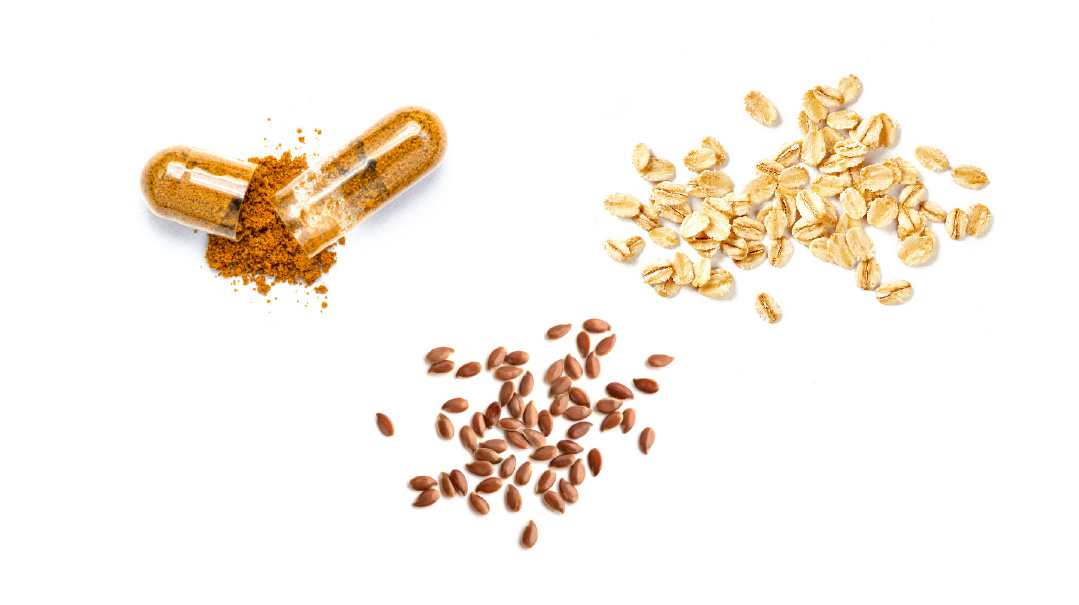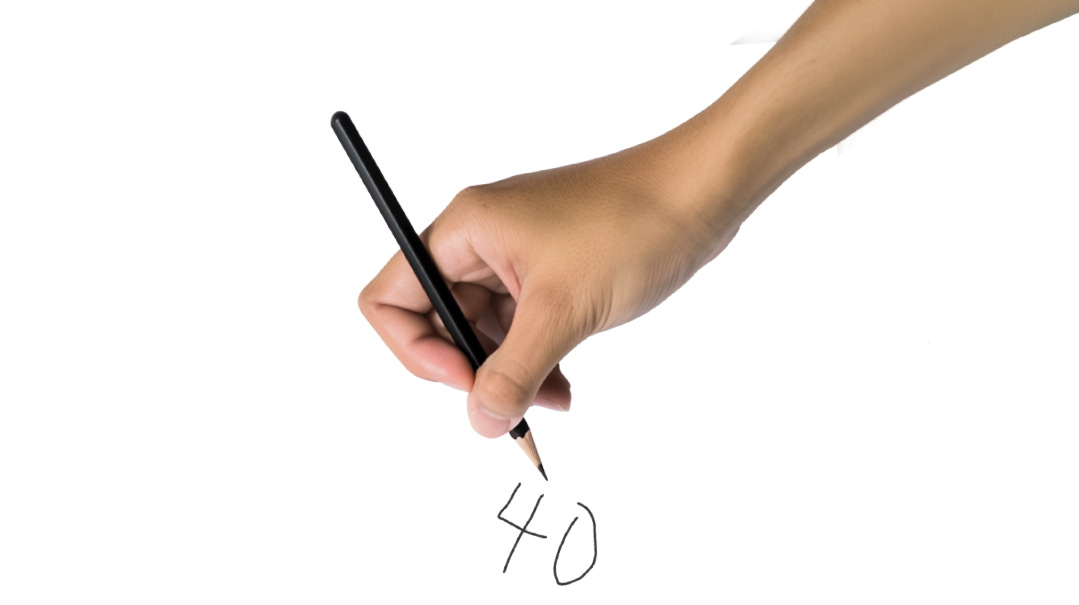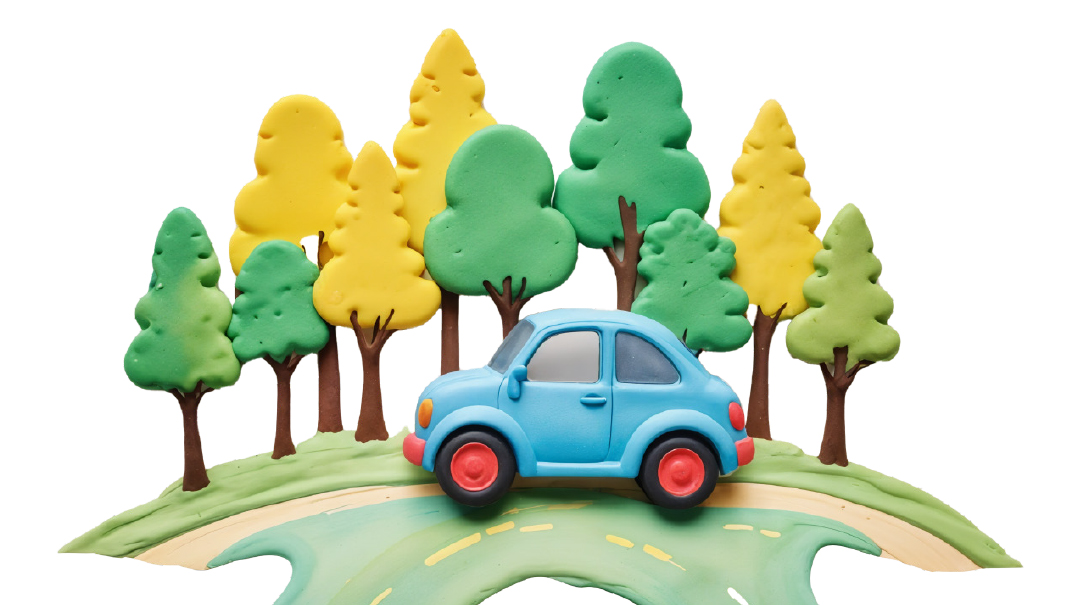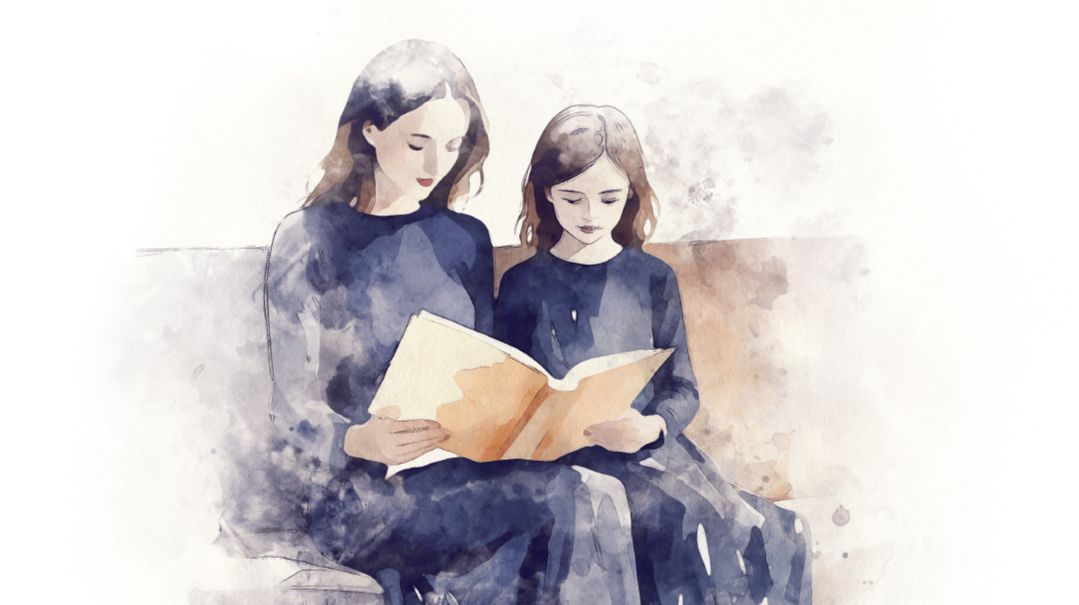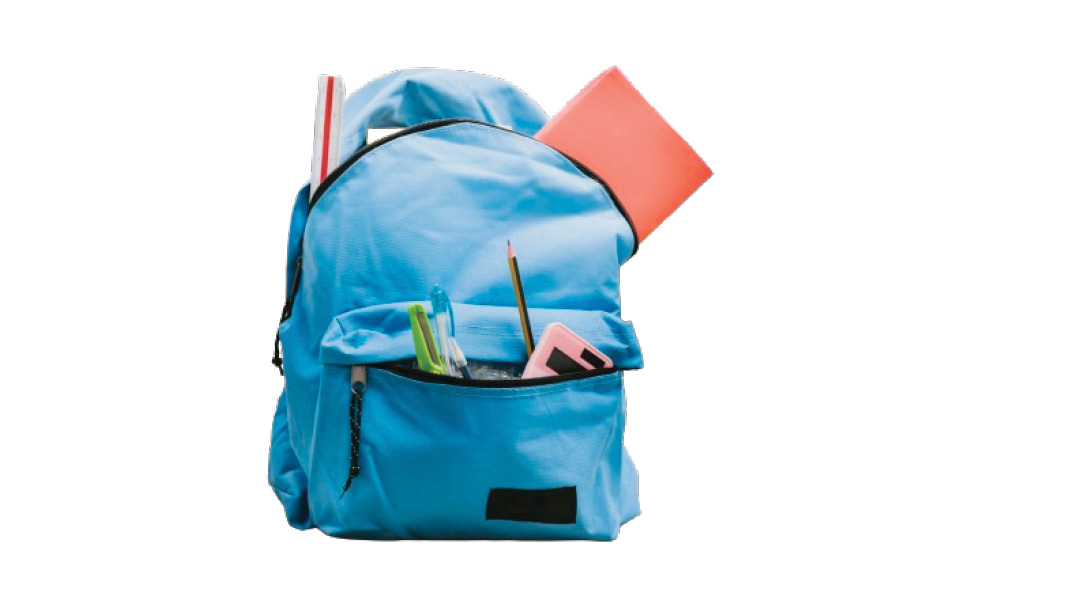A Time to Mourn, A Time to Dance

They’d never have a real wedding, true, but their parents made sure they’d have a chuppah
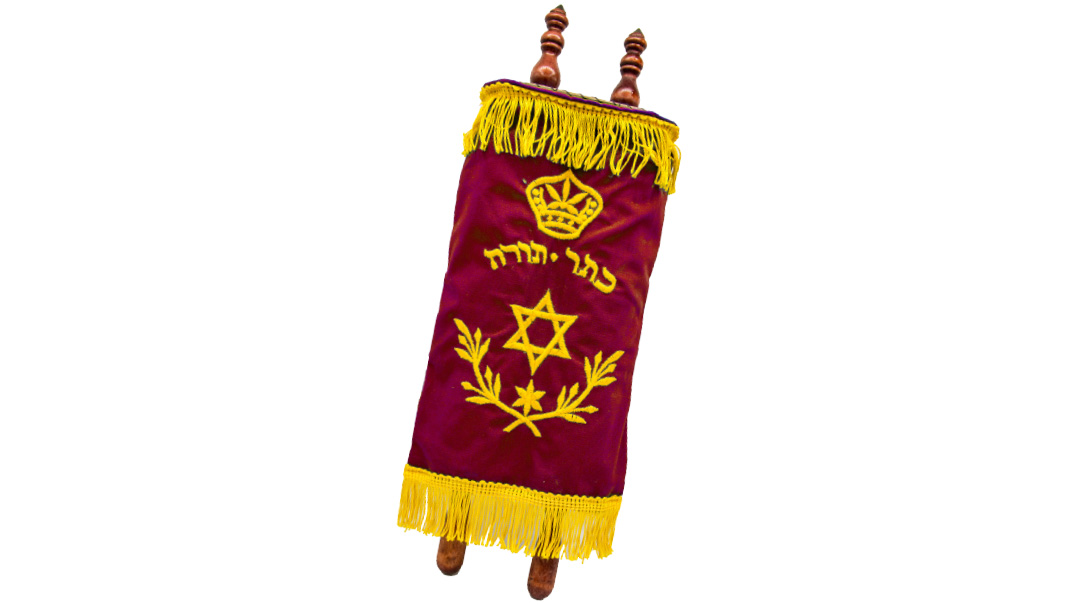
IT looked like an ordinary hachnassas sefer Torah.
There were lightbulbs strung across courtyards, and huge banners emblazoned with the words, “T’nu kavod laTorah” hanging from the surrounding buildings.
But this was no ordinary hachnassas sefer Torah.
There were two sifrei Torah topped by two silver crowns, two embroidered chuppah canopies, two scrolls wrapped in velvet and embossed with gold lettering, a memorial for two beautiful children, a 14-year-old and a 12-year-old, with blond hair and twinkling eyes, whose lives had been snuffed out in Meron.
Moshe Nossen and Yehoshua Englard.
Soft music played as the final letters of the sifrei Torah were written inside the home where the boys had been raised.
“These will be their chuppahs,” their father had declared in the months leading up to the event. They’d never have a real wedding, true, but their parents made sure they’d have a chuppah.
The music began playing at a faster tempo. The boys of the cheder Moshe Nossen and Yehoshua had attended were there, dressed in Shabbos attire and lined up in orderly rows, the older ones holding wax candles, the younger ones, battery-operated lanterns. Some of these children had known Moshe Nossen and Yehoshua well; they’d been in the same class, learned with them, laughed with them, maybe even skirmished with them.
Now they held candles for them.
The chuppah procession slowly started moving from the boys’ home toward the shul the sifrei Torah were being donated to, upbeat songs proclaiming our love for the Torah, for being a Yid, playing in the background.
I glanced at the boys’ mother, the talented graphic designer behind the banners. She was dressed elegantly, looking regal and dignified, accepting mazel tovs from well-wishers, just as if this was the real thing, her sons’ chuppah.
Watching her, I was awed by human resilience. By Jewish resilience. I was finding it hard to keep my tears in check, the image of those two cherubic boys in my mind. Here was the mother who had carried them, gave birth to them, hugged them, kissed them, fed them, bathed them, raised them, who’d loved them… and then lost them. Both of them in one night. How could she?
The procession moved languidly along Malchei Yisrael Street, the road closed to traffic, buses and cars diverted to alternative routes. Passersby stopped, some watching, some clapping, all smiling. I wondered if they knew just how momentous this occasion was. I wondered if the passengers on the diverted buses felt annoyed or irritated at the snarled traffic, at the delay. I wondered how they’d feel if they knew.
We reached Kikar Shabbos, the heart of Geula, the center of chareidi Jerusalem, and stopped. The men danced, holding hands, not moving forward, just dancing round and round in circles. There was so much energy in the air, it could almost be captured, held, stored away.
And then the music switched tunes. And started playing… was it?… could it be? Yes, it was “Bar Yochai,” the words that may just have finished playing in the boys’ final, dreadful moments.
Upbeat, lively, robust. “Bar Yochai ne’ezart b’gevurah uv’milchemes eish dos hasha’arah — Bar Yochai, you girded yourself with strength in order to fight the fiery battle of the Torah.”
Among the crowd, tears flowed freely, whether of sorrow or joy, it was hard to tell. Maybe it was both.
Because that’s us. The Jewish people. Joy and sorrow, hope and desperation, courage and fear, love and loss, all of it consolidated into one roiling cauldron of emotion, accompanied by the sure knowledge that it all comes from One Source.
As the crowd started moving again and reached the beis medrash, a voice, a little panicky, came through the loudspeaker. “Yidden!” the announcer warned. “Step back! Don’t push toward the beis medrash. Only family members allowed inside. No overcrowding!”
As one, the body of people stopped, stepped back.
For we’re a nation who knows when to move forward, and when to step back. When to laugh and when to cry. When to mourn and when to rejoice. And sometimes, when to do it all at once.
(Originally featured in Family First, Issue 841)
Oops! We could not locate your form.

